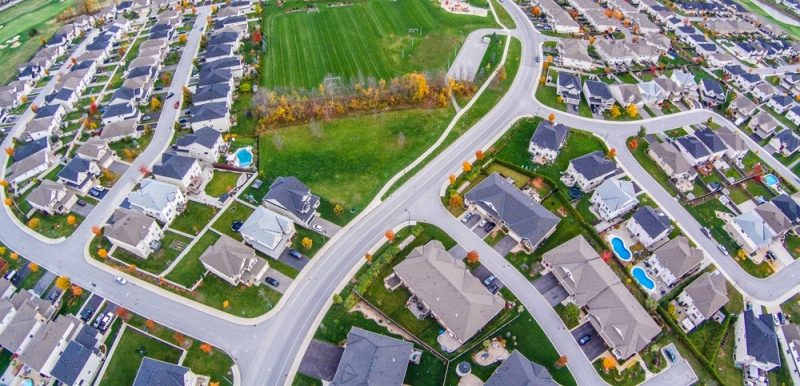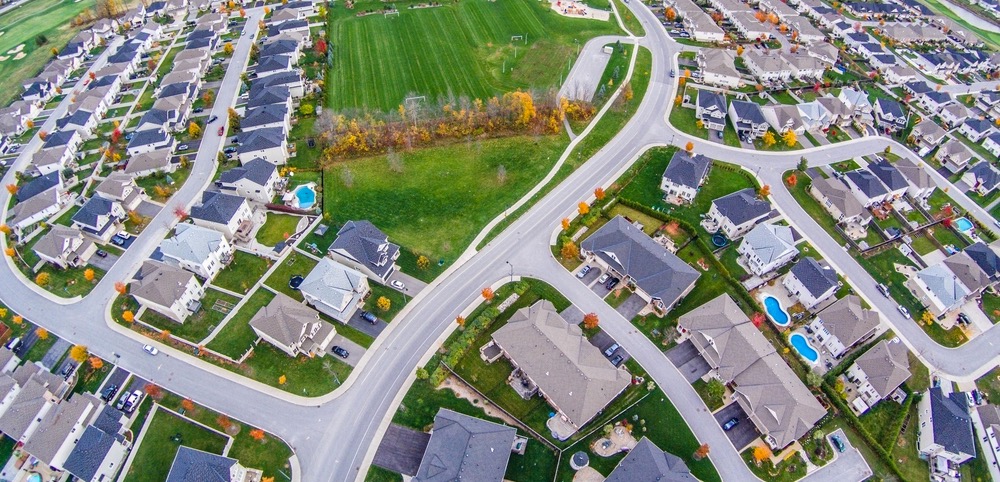Part Thirteen? We’ve never before published a thirteen-part editorial series in the Daily Post. But then again, we’ve never before had an out-of-town developer ask for $79.7 million in tax incentives, to be funded by every taxing entity in the community. There’s a first time for everything.
And this is not the final editorial in the series, either. Tonight — Thursday, September 26 — at 5pm, the Pagosa Springs Town Council will meet in a work session to learn more about ‘Urban Renewal Authorities’ and ‘Tax Increment Financing’ (TIF). Council member Maddie Bergon attended a ‘URA Symposium’ in Montrose, CO, last week, along with Town Manager Andrea Phillips and Planning Director James Dickhoff, and we will likely hear some new information about how other Colorado communities are using (or deciding not to use) TIF financing to incentivize out-of-town developers.
In preparation for tonight’s work session, the Town staff asked Texas-based developer David Dronet to provide answers to certain questions, and we shared a couple of those answers yesterday in Part Twelve.

Here are a few more questions and answers obtained by the Town staff. Developer Dronet has proposed a ‘public plaza’ as part of the 25-year development, and the Town staff wondered who would ‘own’ the plaza once it’s completed. Would it ‘belong’ to the Springs Resort? Or would it be a Town-owned park?
Q. Can TIF revenues be dedicated to maintenance of the public plaza?
There are several solutions for the maintenance of the public spaces that will be addressed in the agreements between the Town and developer as part of the approval of the UR Plan.
Q. Can TIF revenues be dedicated to street maintenance?
Same as last answer.
So apparently, the ownership of the plaza and the maintenance of the streets will be part of a negotiation, if the Town moves forward to create an ‘Urban Renewal Authority.’
I have not included all of the questions and answers provided to the Town Council… the document is 5 pages long. You can read all of them here. But here are a couple more…
Q. Help me understand that $79 million in total TIF revenues.
I think the [previous] answer may have clarified it, but here’s another way to look at it: If you got a loan on your house for $350,000 at 6% interest for 30 years, when you pay the loan off at the end of 30 years you will have paid $762,000 to the bank, principal plus interest. It’s the same with bonds or loans for the infrastructure costs. But as described earlier, the funds can only go toward those direct eligible costs, so the moment their paid back all money then flows to the Taxing Bodies – and a cap on those costs in the agreement will further ensure this. It’s also important to note: we don’t know whether we’ll use direct cash investment, loans, bonds or some combination of those things to pay for the infrastructure because 1) it will happen over time, and 2) we can’t know what the financial markets are going to be like in 5-10 years. The fundamental thing that we have to know to move forward is that the TIF funds we create will be pledged to repay the eligible costs that we invest in upfront, and only those costs – no profit to us, nothing else. That’s what the URA accomplishes for us…
Q. I did hear a story of a developer essentially taking out a loan that wasn’t really necessary, paying it back but somehow charging himself – and then the URA – 20% interest. Now that doesn’t really make sense to me, but it was scary and that poor URA was totally taken advantage of.
There are crooks out there. I believe with this council and this community the scrutiny will be very high, and need for transparency will be huge. As I said earlier, this is just the beginning of long process and partnership… damn, this is really going to be a big pain in the ass. Remind me again, why am I doing this? In all seriousness, I hope you’re seeing why it’s so important to me that the Town and community are really behind this project. As I’ve shared I need to believe that the public side of this Public-Private Partnership wants to make this happen, because there will surely be challenges and obstacles, because this is the real world, and we have to work together to solve them as they arise. If that strong support isn’t there, I don’t even want to start down the path. We’re about to get married, so we both better be sure we want to spend the next 25 years together!
A slightly awkward marriage, perhaps… with one spouse living comfortably in New Braunfels, Texas… and the other spouse trying to make a living, and find housing, in Pagosa Springs…
Q. What would the cap be and what are your assumptions – pro forma financial statement I think is the technical term.
My assumptions and pro forma on the infrastructure costs are pretty straight forward – infrastructure generates no revenue for a developer, so all costs of building that public infrastructure on this project are a loss to us. Because of the construction costs in Pagosa (20-25% higher than other regional markets) combined with the lease rates and sales prices of property in town (which are not 20- 25% higher than the same regional markets) we can’t successfully build a single building until the infrastructure is in place. Once the infrastructure is in place then at least we’re at ground zero and having a fighting chance to build something without losing our shirts. I truly don’t mean to be cavalier, those are just the realities. We have to spend more than other markets to build spaces that lease/sell for less than those other markets. That’s not a formula for great profitability.
This last answer is nonsense, of course, when Mr. Dronet claims that “infrastructure generates no revenue.”
When a developer purchases vacant land, without streets and utilities, the land has a certain value. Once streets and utilities are installed and the land is chopped up into small parcels, the developer can sell the parcels for exponentially more than what he paid for the land originally. Depending upon the economic conditions in the community, the profits generated by simply installing new streets and infrastructure can be in the tens of millions of dollars. That financial model has successfully (or less successfully) produced dozens of subdivision projects in our community.
To claim that “infrastructure generates no revenue for the developer” is utterly ridiculous. And if you can get the well-meaning governments of a small town to agree to pay for the infrastructure with sales and property tax revenues, your profits will be even more satisfying.
Mr. Dronet is correct about one thing, though. There are crooks out there, and the Town Council does indeed seem to have a strong desire for transparency and full disclosure. For that, we can be grateful.

